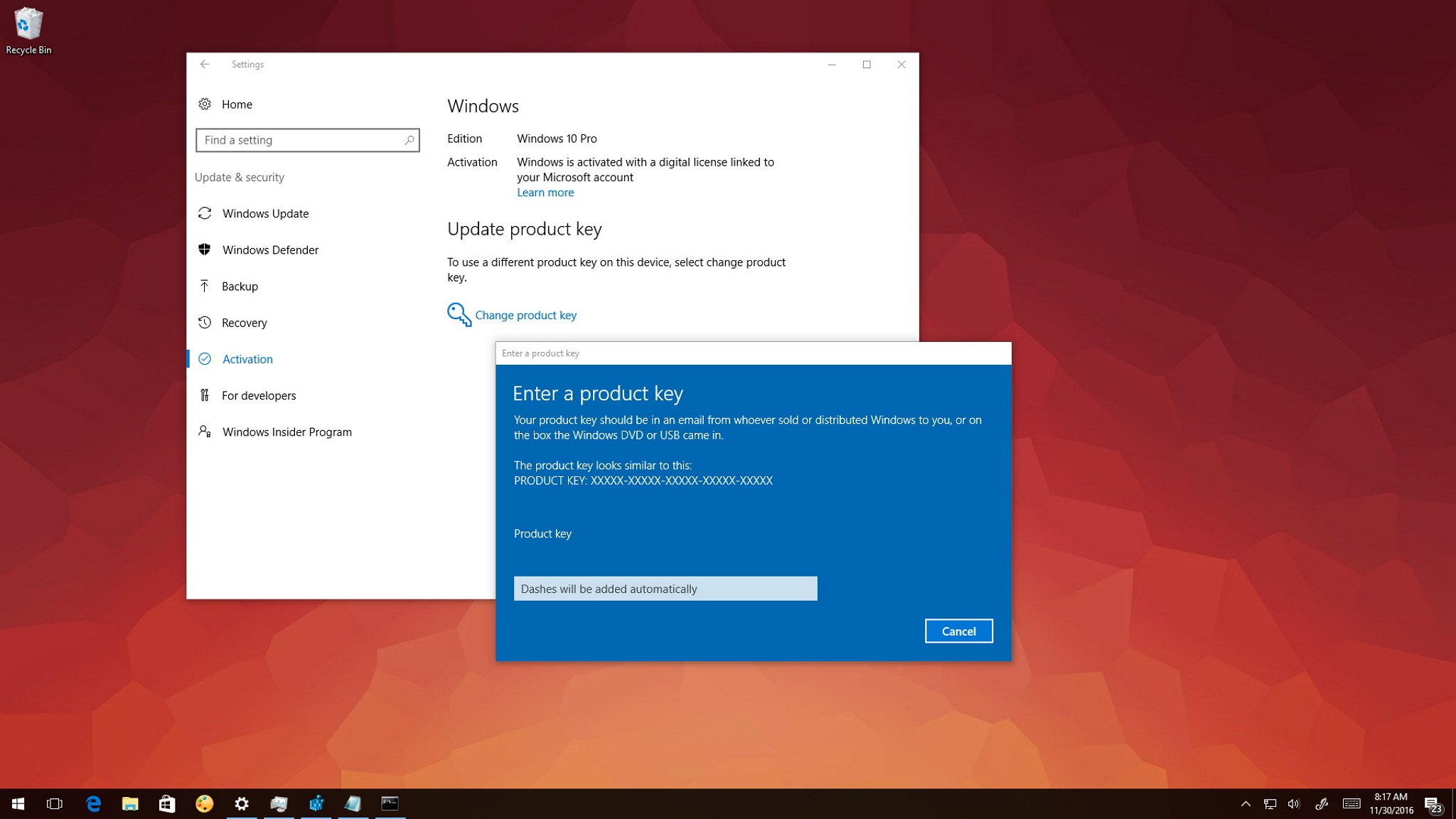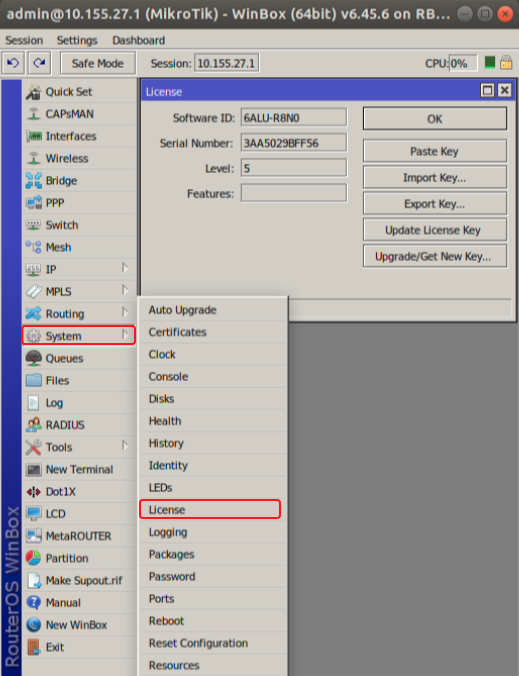KMS isn’t so bad. It is of course on the way out, to be replaced by Active Directory-based Activation in Server 2012, but KMS will stick around until all of our Server 2008 R2 machines are out of production. Given that we still manage some Windows 2003 servers (if we must), I think it’s fair to assume we’ll still be using KMS well into the next decade.
I installed VPN + Web Security Module. When started anyconnect - I keep seeing 'No License Key' next the Web Security Module. I've looked in C: ProgramData Cisco Cisco AnyConnect Secure Mobility Client Web Secuirty - I CAN NOT find my sample profile. The cause for these errors is due to the lack of IBM Rational License keys to serve. When the FLEXlm service is started it looks to the license files for keys to serve. If no license keys are available to serve, the rational and ibmratl vendor daemons will shut down and report these errors. The result is the FLEXlm service will not function. Dec 26, 2017 Click Start Settings Update & security Activation Change the product key then enter the new product key then click Next to Activate If you are unable to activate Windows 10 after all the above and you are certain you have the correct edition installed, then please attempt phone activation.
One of our clients has an environment running KMS on Windows Server 2008 R2. In June of last year, they started deploying Windows Server 2012 R2 servers. The KMS server had previously been patched to support Server 2012 and 2012 R2 KMS clients. Because no one complained in June, I had assumed that someone had activated the proper key on the KMS server to support the new version.
In December, he reported that his newest servers weren’t activating properly.


Their two most recently deployed servers were reporting activation errors. I logged into one of the machines that was reporting activation errors and ran the trusty activation command:
… and got this gem back in response:
Error: 0xC004F074
The Software Protection Service reported that the computer could not be activated. No Key Management Service (KMS) could be contacted. Please see the Application Event Log for additional information.
The first thing I do, naturally, was just to make sure my KMS server was in fact reachable from this machine. It was. Then, I started to dive into the rabbit-hole that is KMS troubleshooting:
- Ensure the domain _VLMCS DNS records are correct
- Ensure the Software Protection Service (sppsvc) is in fact running on the KMS server
- Ensure that the proper KMS key and channel (VOLUME_KMS_2012-R2 channel) shows up in the KMS server’s licensing (slmgr /dlv all)
- Double-check that MS KB2885698 is installed to add support for newer operating systems on a Windows 2008 R2 KMS host
At first blush, everything appeared to be fine. So then I refer back to the application event log, hoping against hope that the “additional information” wasn’t some weird circular reference. I found this error in the Windows Application log:
You can actually see the text of the slui.exe errors with a command like this, run on a Windows machine with a GUI (i.e., not Core):

Which pops up a helpful “An error has occurred” window, with an optional details pane that indeed reports the exact text of the error message that we started with.
So I’ve got a KMS server that looks just fine that my new servers are complaining about.

So what’s the problem?
It turns out that the KMS server was in fact missing the proper key.
The reason I overlooked this problem in step 3 of my troubleshooting above was that the KMS server output for that channel looked valid, but had a few problem indicators that I missed.
So what’s wrong?
- The Extended PID and Installation ID fields are empty. These appear to be added when a successful activation for the key is completed.
- There’s no “Partial product key” line.
- The two (glaringly obvious in retrospect) lines that report “license not in use” and “Status: Unlicensed.”
Error No License Keys Installed Windows 7
I glossed over these initially because I assumed that this state was referring to the local machine’s usage of the key, or lack thereof, as it was Server 2008 R2. My assumption was supported by the very high number of “Requests with License Status Licensed”. Finally, Google searches regarding these lines was wholly inconclusive.
As a troubleshooting step, I asked my client for their 2012 R2 KMS key. I then installed the key and performed activation (slmgr /ipk <your key here>; slmgr /ato <your activation id here>). This of course solved the problem entirely, altered the output to fix all of the issues I described above, and allowed my downstream KMS clients to activate to their heart’s content.
It’s also worth noting that when I attempted to preform the activation of the proper channel before installing the key, slmgr gave back a cryptic, yet accurate error:
Free Software License Keys
Error: product not found
In retrospect, also true! Might be more useful to say something like “the activation ID you’re attempting to activate doesn’t have a product key associated with it,” but that’s just one man’s opinion.
Error No License Keys Installed Windows 10
When I was performing a Windows Server 2019 Standard install, the license key was not available at the time of hardware receipt so I decided to install Server 2019 and license it later once the key was received. Upon receiving the key and activating Windows the activation would return the error 'This product key didn't work. Please check it and try again, or try a different key.'
I double checked the version installed and the license key version were both 2019 Standard and not another edition, but found no discrepancy. I ran Windows Update check, restarted, and double checked I was logged in as the local Administrator account. Research of others finding this issue returned the recommendation of re-installing the OS and entering the license key during install to successfully activate Windows. Instead I decided to give it one last effort and decided to use the 'slmgr.exe' utility accessible via Command Prompt - 'Slmgr.vbs /ipk' successfully activated my Server 2019 install